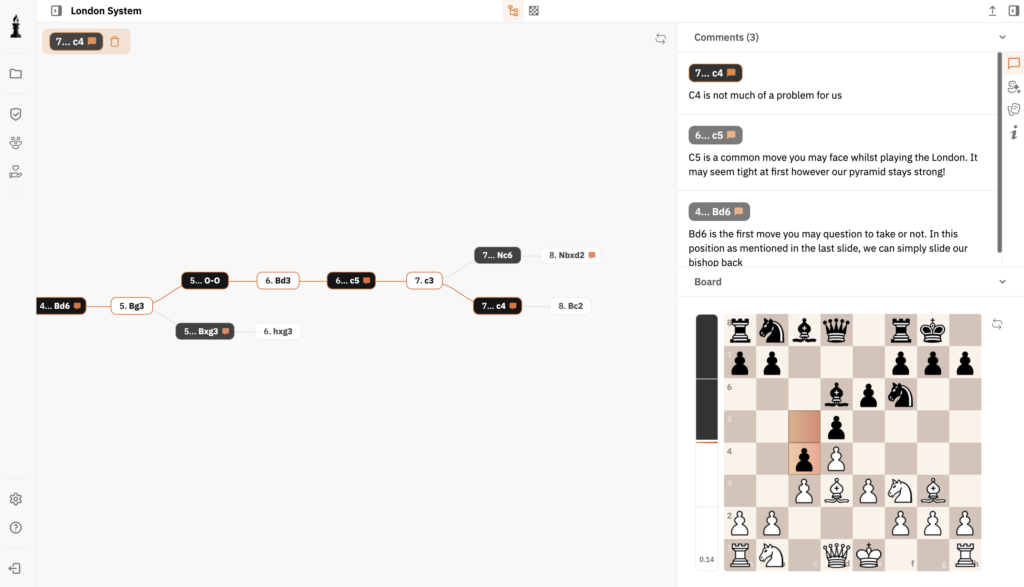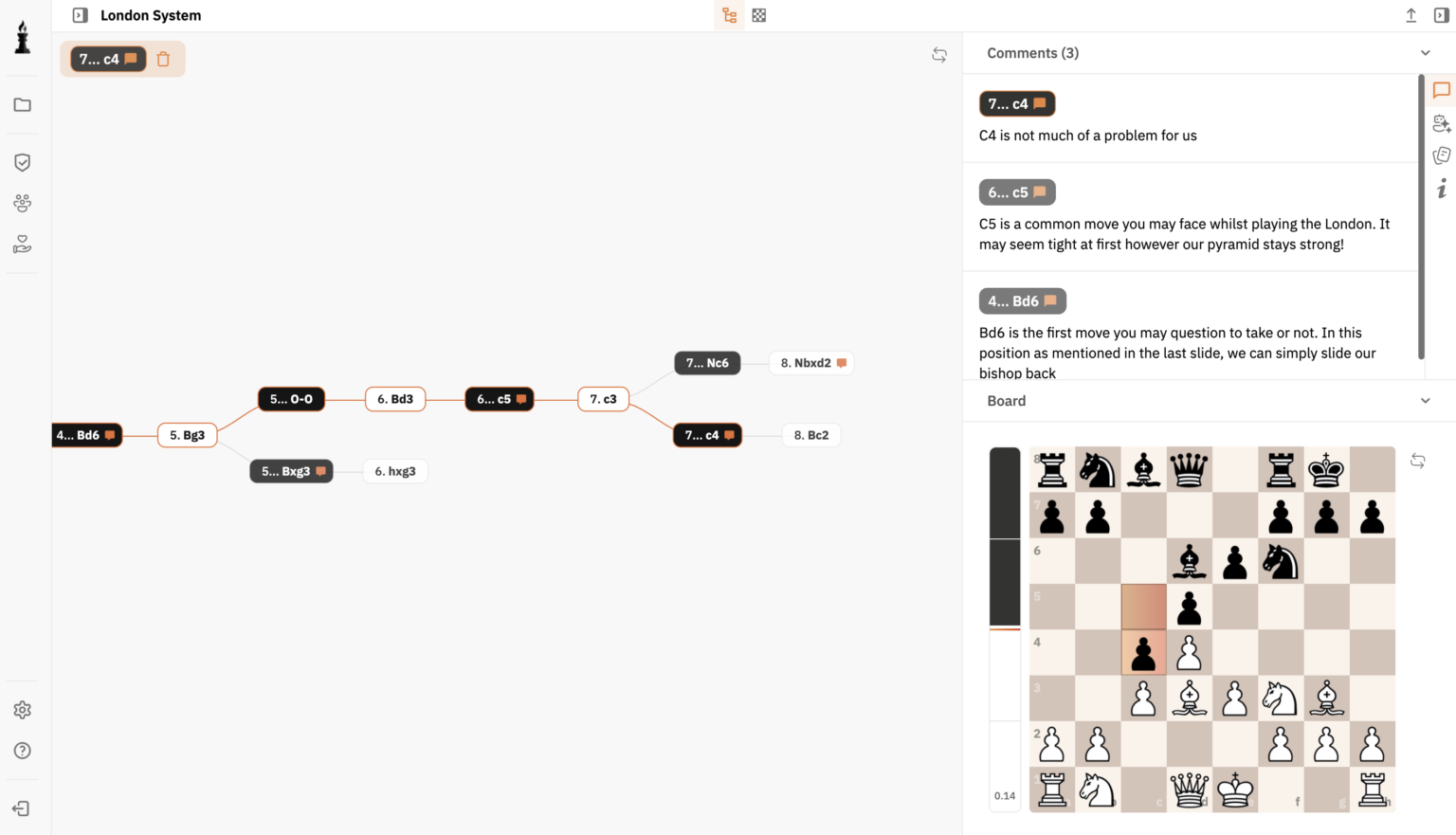The endgame, the final stage of a chess game, is a critical phase where precise calculation and deep understanding are necessary to secure a win or salvage a draw. Mastery of the endgame can often make the difference between victory and defeat, and a player’s skill in this stage is frequently what separates Grandmasters from aspiring masters.
Understanding Key Endgame Concepts
The Importance of Piece Activity
In the endgame, the value of piece activity cannot be overstated. A minor piece such as a knight or bishop, or even a major piece like a rook, can significantly influence the game’s outcome, depending on their positioning and activity level.
Pawn Structures and Promotion
Pawns are more important than ever in the endgame. A passed pawn can lead to victory if you can successfully shepherd it to a promotion square. Understanding structures like the isolated pawn and pawn majority helps in formulating decisive plans.
Opposition and King Activity
The opposition is a crucial concept when only a few pieces remain. It often helps in promoting a pawn or delivering checkmate efficiently. Additionally, using the king as an active piece gives you superior control over the board.
Tempo Management
Managing tempo is essential in the endgame. Moves like waiting tempo or forcing your opponent’s hand can shift the game’s dynamic and allow you to seize the advantage.
Common Endgame Scenarios
Rook Endgames
Rook and pawn endgames constitute a large portion of practical endgames. Techniques such as the Lucena and Philidor positions are important patterns to know.
Bishop vs. Knight
Understanding when a bishop is superior to a knight or vice versa can help dictate play in simplified positions. Knights excel in enclosed positions, while bishops are powerful in open diagonals.
Stalemate and Draws
Avoiding a stalemate is crucial, as it results in a draw even when you’re winning. Be vigilant about your opponent’s king positioning to avoid this pitfall. The threefold repetition is another method your opponent might use to force a draw. Understanding these techniques can help both avoid unintended results and exploit opportunities.
Tools For Mastering the Endgame
Enhancing your endgame skills can be facilitated by using various ChessFlare tools, such as:
- The Chess PGN Editor for creating and analyzing different endgame scenarios.
- The Online Chess Database to examine historical games.
- Chess Games Analysis for detailed evaluations of professional endgames.
- Import/Export .Pgn Files for tracking personal game progress.
By integrating these tools, players can delve into practical examples and refine their technique over time.
Conclusion
Mastering the chess endgame is an essential component of reaching higher levels of play. With focused practice on these techniques, supported by advanced analysis tools, players can enhance their strategic prowess and convert more games into victories.
Be sure to practice regularly with Stockfish, one of the strongest available chess engines, to simulate different endgame positions and hone your abilities.
Piece activity and pawn structure play crucial roles in determining the outcome of an endgame. Managing these effectively can help you capitalize on your position.
Practicing specific endgame scenarios, using chess tools for analysis, and studying games of proficient players can significantly enhance your endgame skills.
The king becomes a strong piece in the endgame due to fewer threats, allowing it to control squares, support pawns, and participate directly in the action.
Controlling tempo can help you direct the game towards favorable positions or force your opponent to make undesirable moves, giving you a stronger position in the endgame.





